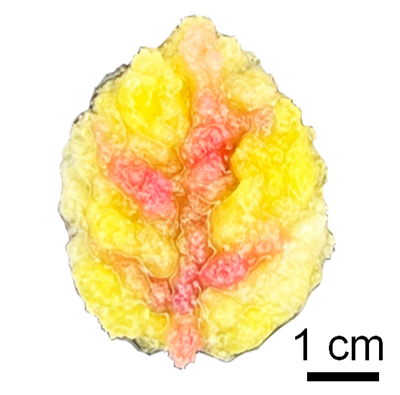FOR IMMEDIATE RELEASE
“Structurally Diverse Alkaloids with Anti-Renal-Fibrosis Activity from the Centipede Scolopendra subspinipes mutilans”
Journal of Natural Products
A venomous, 8-inch centipede may be the stuff of nightmares, but it could save the life of those affected by kidney disease. Researchers report in the Journal of Natural Products that the many-legged critter —used in traditional Chinese medicine — contains alkaloids that in cell cultures reduced inflammation and renal fibrosis, which both contribute to kidney disease. The journal is copublished by the American Chemical Society and the American Society of Pharmacognosy.

Some 1,500 species of animals are used in traditional Chinese medicine, but little is known about many of the secondary metabolites their bodies produce for specialized functions such as immobilizing prey. The few compounds that have been studied, such as toad venom for cancer treatment, have proved to be fruitful leads for drug development. So, Yong-Xian Cheng and colleagues decided to examine the secondary metabolites produced by the Chinese red-headed centipede (Scolopendra subspinipes mutilans). The venomous centipede has been used for thousands of years in treatments for conditions including epilepsy, tuberculosis, burns and cardiovascular disease.
The researchers mixed a sample of dried centipede powder with ethanol to extract numerous compounds from the animals and then separated and identified the constituents with techniques such as chromatography and spectrometry. The team found 12 new quinoline and isoquinoline alkaloids, including some with unusual molecular structures, along with a half dozen other alkaloids that had previously been detected in this species or in plants. In cell cultures, some of the alkaloids showed anti-inflammatory behavior, while a portion also reduced renal fibrosis. This buildup of connective tissue is associated with chronic kidney disease and is stimulated by inflammation. Finally, the researchers identified a protein that plays a role in renal fibrosis and that was targeted by the most effective dual-function alkaloid. This information could provide a lead for developing treatments for kidney disease, according to the researchers.
The authors acknowledge funding from the Shenzhen Science and Technology Program.
###
The American Chemical Society (ACS) is a nonprofit organization chartered by the U.S. Congress. ACS’ mission is to advance the broader chemistry enterprise and its practitioners for the benefit of Earth and all its people. The Society is a global leader in promoting excellence in science education and providing access to chemistry-related information and research through its multiple research solutions, peer-reviewed journals, scientific conferences, eBooks and weekly news periodical Chemical & Engineering News. ACS journals are among the most cited, most trusted and most read within the scientific literature; however, ACS itself does not conduct chemical research. As a leader in scientific information solutions, its CAS division partners with global innovators to accelerate breakthroughs by curating, connecting and analyzing the world’s scientific knowledge. ACS’ main offices are in Washington, D.C., and Columbus, Ohio.
To automatically receive press releases from the American Chemical Society, contact newsroom@acs.org.
Note: ACS does not conduct research, but publishes and publicizes peer-reviewed scientific studies.







